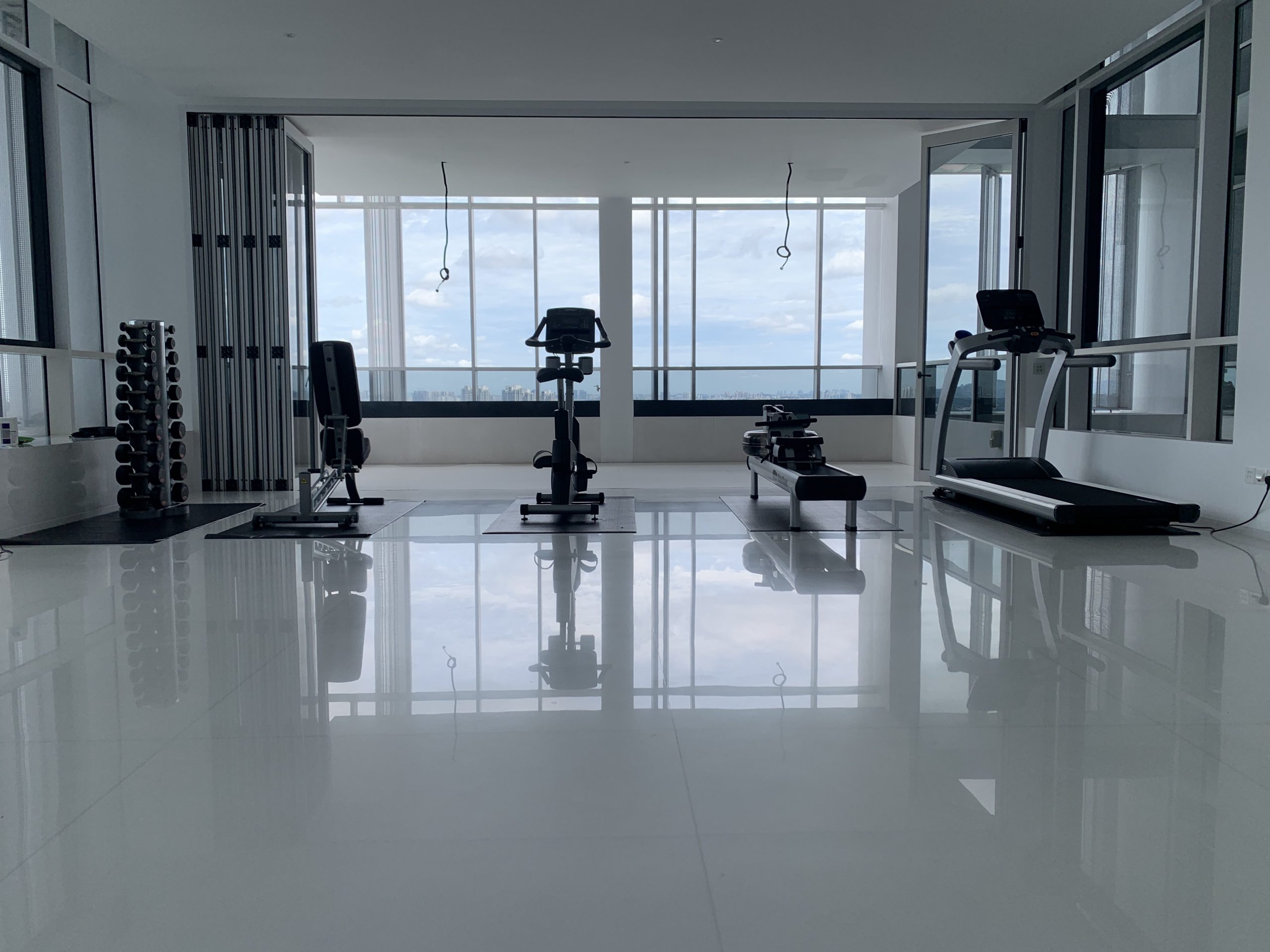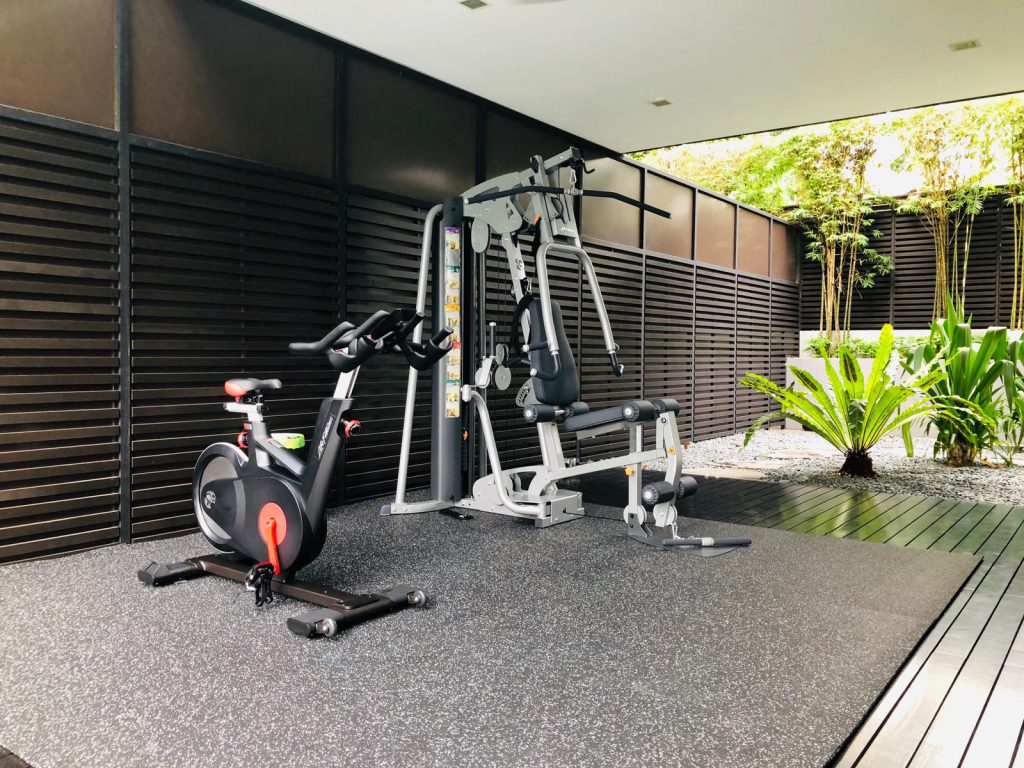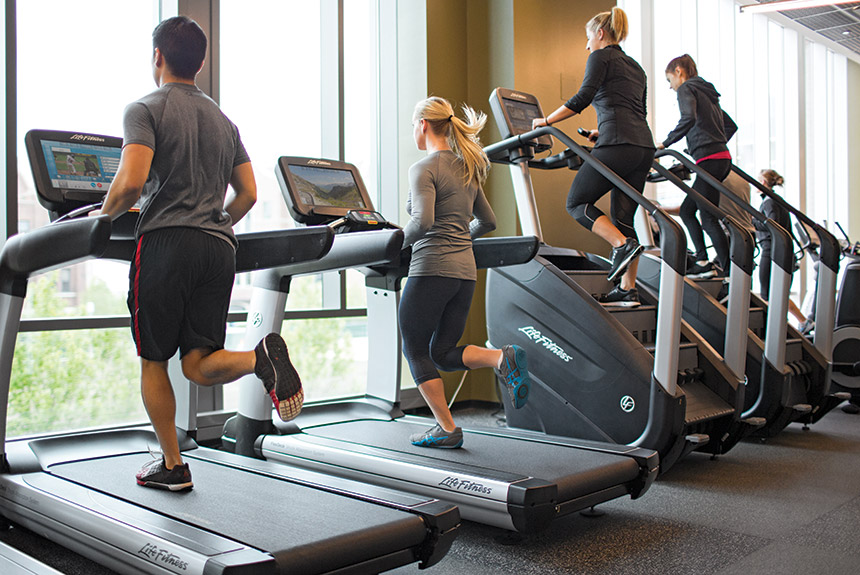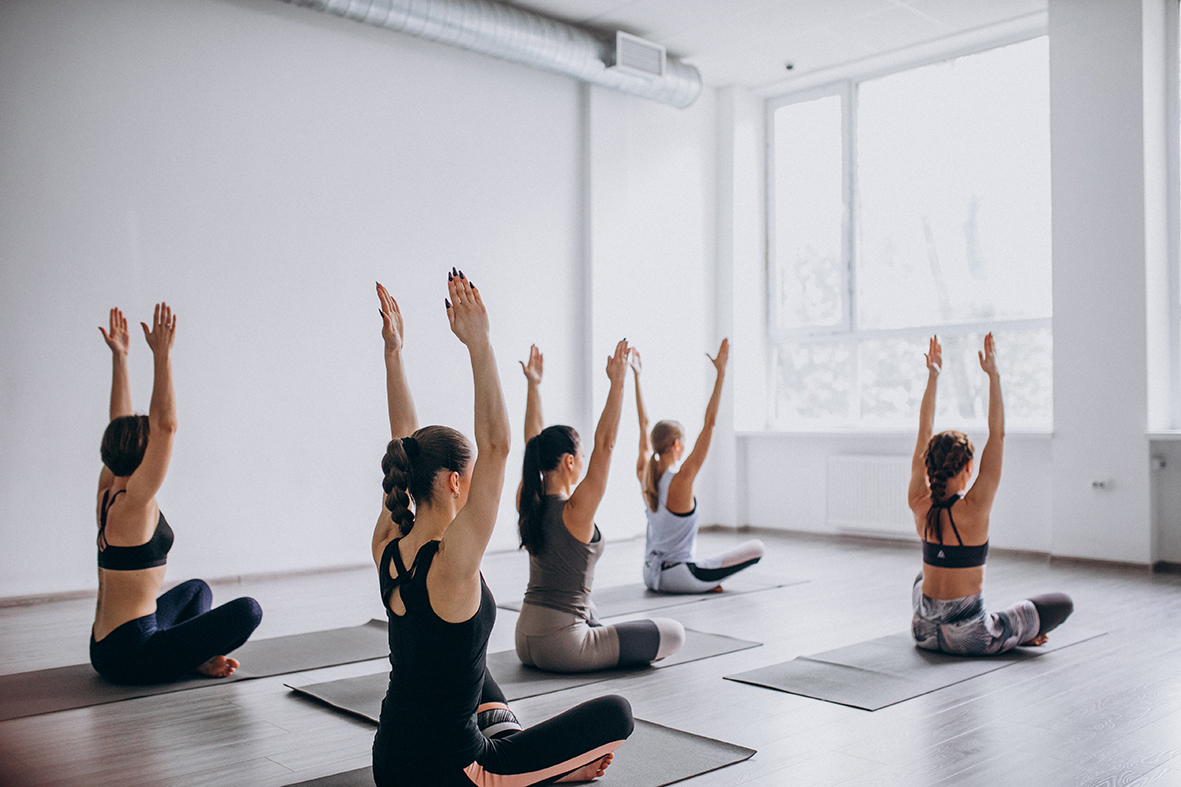Rubber Gym Flooring: What You Need to Know to Get a Good Workout In Your Home Gym
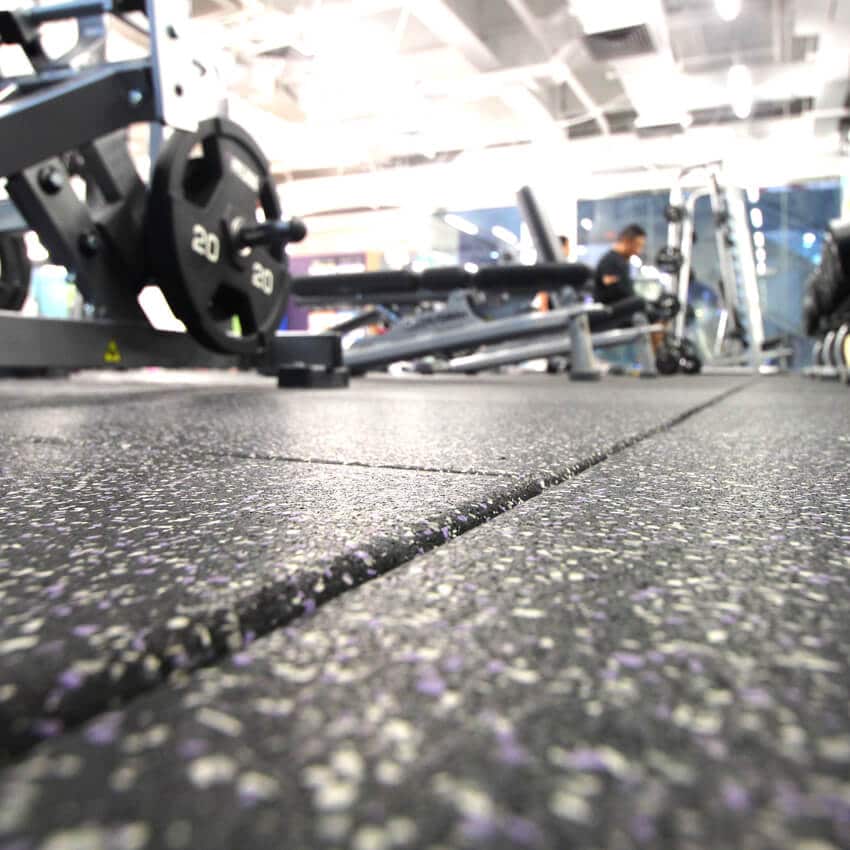
With the COVID-19 pandemic raging on in Singapore, most gyms and fitness clubs are operating at a limited capacity, temporarily suspending their operations due to government regulations, or have closed down.
Many are turning to exercising from home instead, using their own equipment like resistance bands, dumbbells, and heavy weights.
However, your stationary bicycles, treadmills, and weights on the weight racks are extremely heavy. The weight from these pieces of equipment greatly increases the amount of stress placed on your ground.
This is why you should always install proper gym flooring before installing your weight racks, benches, and exercise machines. Rubber gym flooring can help to transform your space into a safer environment for you to complete your weightlifting, HIIT, and resistance training.
What is rubber gym flooring?
Rubber gym flooring is installed in an exercise area or room to protect the ground from the stress caused by the exercise equipment. The rubber flooring’s acoustic and vibration absorption capabilities provide great support and protection to your floor and your fitness equipment.
Unlike other materials such as foam, vinyl, or carpet, rubber gym flooring is a sturdier option and has a longer lifespan than most gym floorings. There are many different types of gym rubber flooring available such as rubber mats, rubber tiles, and rubber rolls.
Benefits of rubber gym flooring
“Why do I need gym rubber flooring?” is a question many home gym owners may ask.
Gym rubber flooring boasts a ton of benefits, including the versatility of installation and providing maximum protection to you and your equipment.
1. Offer maximum protection: Rubber is both water-resistant and slip-resistant. Gym rubber flooring provides a stable surface for you to sweat it out and get a good workout. It is strong, sturdy, and resilient enough to mitigate the shock and sound impacts from the weights, preventing any dents from being left on the floor.
If you’re living in an apartment where the living space is smaller, your family and neighbours are less likely to be disturbed as well, due to the absorption of sound by the rubber.
2. Versatile: From rubber mats to rubber tiles, there is a wide range of gym rubber flooring available for all your workout needs. All of them are easy to install and maintain, giving you a greater peace of mind.
Both rubber gym tiles and mats are typically used in smaller rooms.
Rubber gym mats are easy to lay and adaptable to many floor plans.
Rubber floor tiles have the same similar benefits. However, they differ from rubber mats in terms of appearance. Rubber tiles are shaped like puzzles, with interlocking edges.
Meanwhile, rubber gym rolls are installed to cover a larger and wider area. They have fewer seams compared to rubber gym mats and tiles, which means fewer chances for dirt and moisture to seep into them.
How to clean and maintain your rubber gym flooring?
The good news is, rubber is extremely easy to maintain as it is resistant to staining and fading. Simply clean your rubber gym flooring using a damp cloth once a week or after every workout session.
Get your rubber gym flooring today
With their superior sound and shock absorption capabilities, our rubber gym flooring, tiles, and equipment mats allow you to work up a sweat safely, without damaging the ground. Get ready to raise your game with our collection of high-performance rubber gym flooring.
